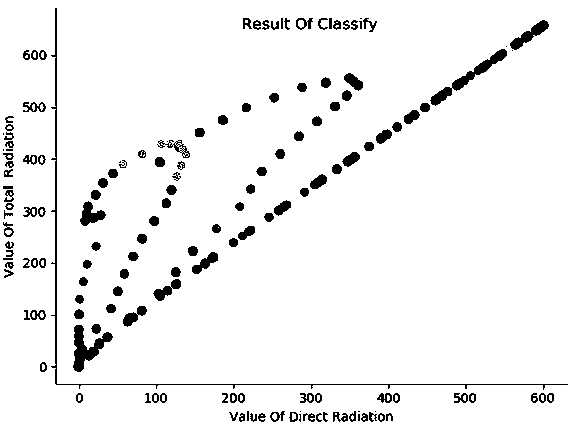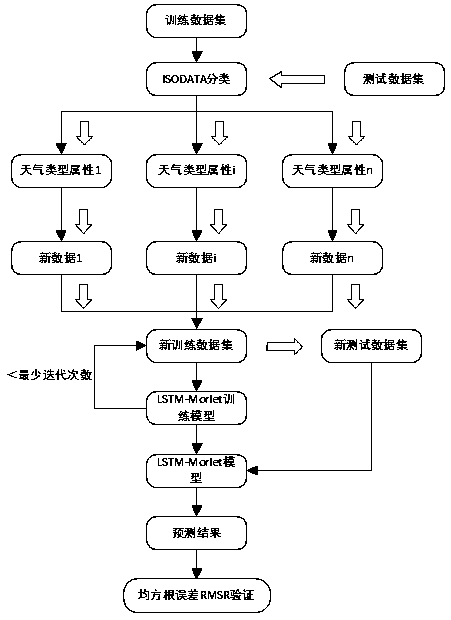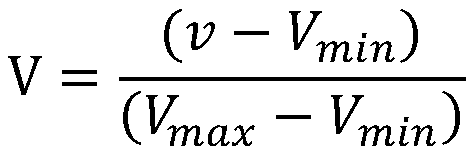Distributed photovoltaic power generation system short-term prediction method based on LSTM-Morlet model
A distributed photovoltaic and power generation system technology, applied in forecasting, neural learning methods, biological neural network models, etc., can solve problems such as poor applicability and increased forecasting complexity, achieve fast convergence speed, and improve power generation forecasting effects , the effect of high prediction accuracy
- Summary
- Abstract
- Description
- Claims
- Application Information
AI Technical Summary
Problems solved by technology
Method used
Image
Examples
Embodiment 1
[0034] The sample data is normalized. Before inputting the sample data as input parameters into the training model, considering that some part of the data has a large sample size base, this part of the data is very different, which may introduce errors or even the prediction of the model. This leads to neuron saturation, so this article uses normalization to convert the sample data into a number in the range [0,1], and then conduct model input training;
[0035] The normalization formula of Min-max normalization is as follows:
[0036]
[0037] Where v is the original value of the sample data, V max And V min Are the maximum and minimum values in the sample data, and V is the normalized sample data.
[0038] Short-term weather classification, short-term weather classification mainly uses ISODATA algorithm, the steps are as follows:
[0039] Step1: Take out 80% of the existing data as experimental data, and the rest as test data;
[0040] Step2: According to the weather indicators gi...
Embodiment 2
[0047] The short-term prediction method of distributed photovoltaic power generation system based on LSTM-Morlet model includes the following steps:
[0048] Step 1): Normalize sample data;
[0049] Step 2): Short-term weather classification;
[0050] Step 3): Establish a photovoltaic power generation prediction model.
[0051] The LSTM photovoltaic power generation prediction model using Morlet wavelet activation function, the specific steps are as follows:
[0052] Step1: Input the training data set into the ISODATA classification model, classify the short-period weather conditions, and obtain the divided weather types (T 1 , T 2 , T 3 …), T stands for weather type;
[0053] Step2: Add the calculated weather type as one of the attributes of the data set to the original data attributes, and then use the training data of the current time and the photovoltaic power generation monitoring data corresponding to the next time as the input of the LSTM training model to train the LSTM Predicti...
PUM
 Login to View More
Login to View More Abstract
Description
Claims
Application Information
 Login to View More
Login to View More - R&D
- Intellectual Property
- Life Sciences
- Materials
- Tech Scout
- Unparalleled Data Quality
- Higher Quality Content
- 60% Fewer Hallucinations
Browse by: Latest US Patents, China's latest patents, Technical Efficacy Thesaurus, Application Domain, Technology Topic, Popular Technical Reports.
© 2025 PatSnap. All rights reserved.Legal|Privacy policy|Modern Slavery Act Transparency Statement|Sitemap|About US| Contact US: help@patsnap.com



